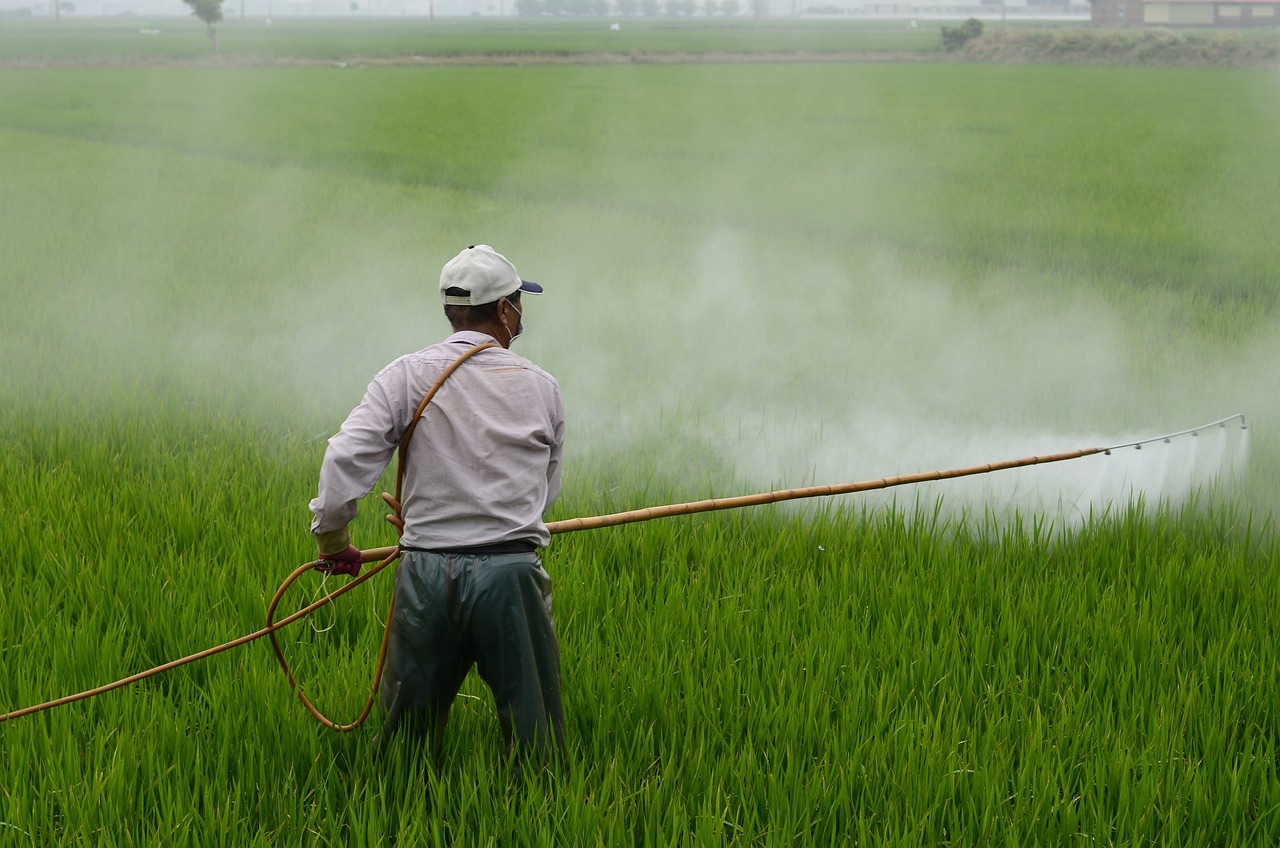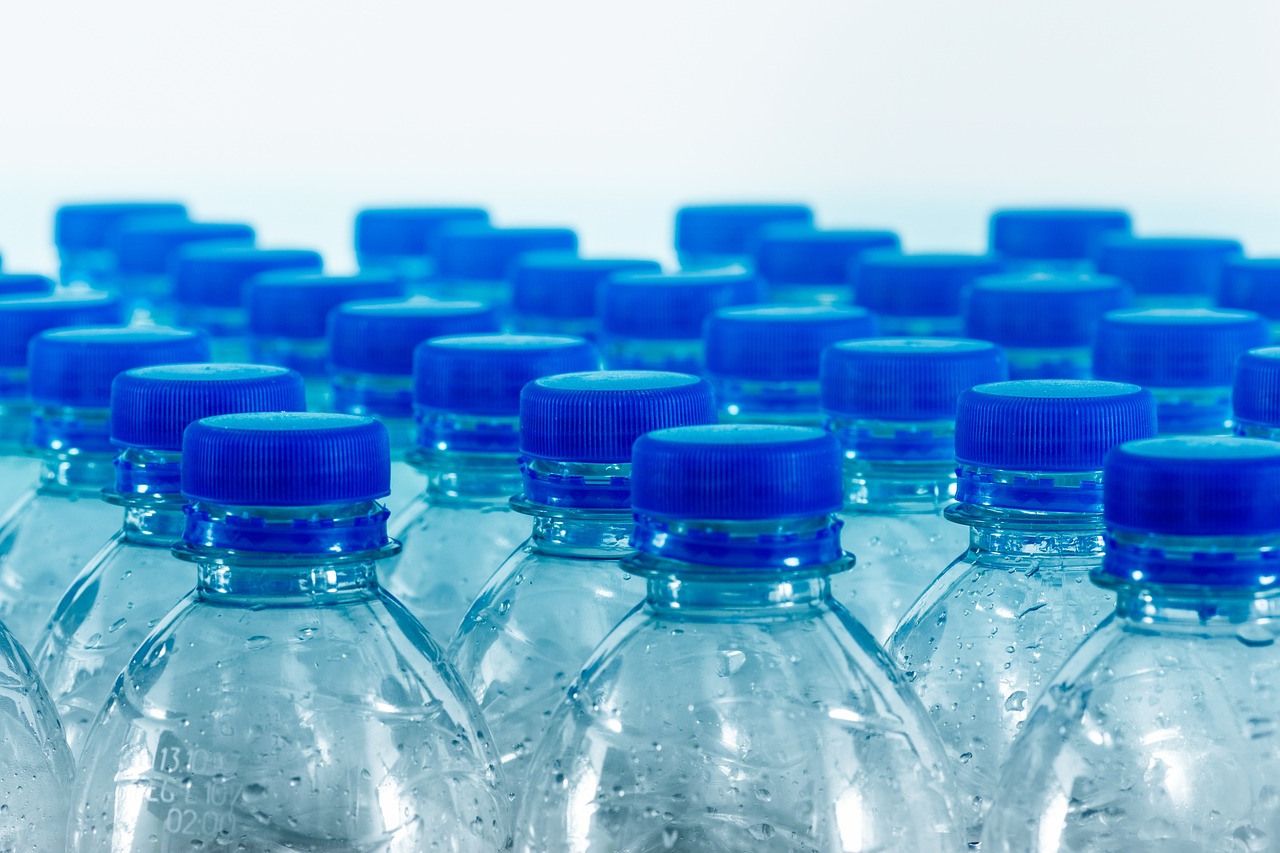Mercury is a recognized toxic element that is mobile and persistent with documented serious impacts on human health and the environment. Exposure to mercury can occur through inhalation, ingestion or dermal exposure to different mercury compounds. Mercury exposure can lead to neurological and behavioural disorders with symptoms such as tremors, insomnia, memory loss, neuromuscular effects, headaches and cognitive and motor dysfunction, ultimately leading to the Minamata disease.
Objectives
Our mercury program aims to achieve the following objectives:
- Reduce exposure to mercury and mercury compounds to protect human health and the environment.
- Advocate for reduction and elimination of trade in mercury and mercury added products.
- Monitor trade, supply and use of mercury and mercury added products.
Our program addresses the following areas:
1. Mercury use in Artisanal and Small-Scale Mining (ASGM)
According to the Global Mercury Assessment (2018), Artisanal and Small-Scale Gold Mining (ASGM) accounts for more than a third (38%) of all anthropogenic mercury emissions to the atmosphere, with most ASGM sector-related mercury emissions attributed to the burning of mercury-gold amalgam. It is estimated that the ASGM sector employs tens of millions of workers worldwide, producing about 20% of the global gold annually.
To protect human health and the environment, Article 7 of the Minamata Convention calls for the reduction, and where feasible, elimination of the use of mercury and mercury compounds in ASGM, and emissions and releases to the environment. We advocate for a reduction in the use of mercury in the ASGM sector by promoting safe and sustainable mining practices such as the use of mercury-free technologies.
2. Phase-out of Mercury Added Products (MAPs)
Mercury and mercury compounds, which are commonly used in the manufacturing of many common products, are often released into the environment from anthropogenic emissions. The widespread use of MAPs has vast health and environmental impacts.
Under Article 4, the Convention requires countries to work towards the phase-out of MAPs that are listed under Annex 1 by “taking appropriate measures'' to “not allow” the manufacture, importation, or exportation of new mercury-containing products. Products to be phased out include compact fluorescent lamps (CFLs), linear fluorescent lamps (LFLs), and cosmetics such as skin-lightening products with mercury above 1 ppm.
3. Promoting dental amalgam phase-down and shift to alternatives
Dental amalgam has been used for more than a century in the dental industry to fill decaying teeth to strengthen and prevent removal. Dental amalgam is composed of 50% mercury which is a toxic metal that has the potential to cause harmful health effects such as tremors, nerve damage, and respiratory and kidney failure.
According to the Minamata Convention article 4, Parties are required to “phase down” the use of dental amalgam. The alternatives are readily available and safe; they include Composite and glass ionomer and compomer.
CEJAD aims to promote the phase-down of dental amalgam and shift to alternatives in Kenya to reduce environmental exposure to the harmful effects of mercury released from the dental sector.
- Documented the availability and use of mercury-free dental restoration products among dentists in Kenya and handling and storage of mercury-added products (MAPs) in hospitals in Kenya.Launched a mercury-free dentistry campaign in Mombasa County
CEJAD has in the past conducted studies to document information on the use of illegal mercury skin lightening products in Kenya, including the levels of mercury through sampling on ground and online market platforms. The findings of the latest sampling are available in this report by EEB. We have also
Achievements
Ongoing Projects
Environmental Governance Programme (EGP) for Sustainable Natural Resource Management
CEJAD has partnered with the United Nations Development Programme (UNDP) to support the implementation of the Environmental Governance Programme (EGP). EGP is a global programme jointly implemented by the Swedish Environmental Protection Agency (SEPA) and the United Nations Development Programme (UNDP). The project was initiated in 2024 and supports countries to prevent and manage environmental risks and corresponding impacts on human rights in the mining sector. It aims to integrate the environment and human rights into the governance of the mining sector.
The project is implemented in four counties in Kenya, namely Kakamega, Migori, Taita Taveta and Turkana.
Reclaim Sustainability Project
CEJAD in Partnership with Solidaridad East and Central Africa is implementing the “Reclaim Sustainability Program”. This program aims to contribute to an inclusive and sustainable ASM sector in which the interests, voices and rights of miners and citizens are represented and heard in decision-making for sustainable use of natural resources, decent work and sustainable consumption. The project is implemented in four counties in Kenya, namely Kakamega, Migori, Narok and Turkana.
Pathways to prosperity gold project (P2P) in Kenya
CEJAD in partnership with Solidaridad East & Central Africa is implementing the P2P Gold project. The program is targeting Artisanal and Small Scale Gold miners (ASGMs) in Migori, Narok, Turkana and Kakamega Counties. The program’s overall goal is to achieve an economically profitable, socially responsible and environmentally sound ASGM sector in Kenya. This will be achieved by having an increased number of artisanal miners with grown, diversified, sustainable and resilient mining businesses, improved working conditions, improved access to mining technologies, and geological data among others.
Campaign Against Illegal Trade in Mercury Skin Lightening Products in Kenya
CEJAD in collaboration with the European Environmental Bureau (EEB) and the Zero Mercury Working Group (ZMWG) has been undertaking a campaign against illegal trade in mercury skin-lightening products in Kenya. The campaign focuses on supporting national government efforts to ban the manufacture, import, export and use of mercury-added cosmetics (with mercury content of 1 part per million in line with the Minamata Convention. More information on the campaign is available here.
Past projects
In the past, the project has achieved the following milestones.
- Documented the availability and use of mercury-free dental restoration products among dentists in Kenya and handling and storage of mercury-added products (MAPs) in hospitals in Kenya.Launched a mercury-free dentistry campaign in Mombasa County
- Contributed to the development of Minamata Initial Assessment (MIA) in Kenya
Publications
- Report on the status and gaps towards the establishment and operation of Artisanal Mining Committees (AMCs) in Kenya
- Report on availability and use of mercury-free dental restoration products among dentists in Kenya and handling and storage of mercury-added products (MAPs) in hospitals in Kenya






